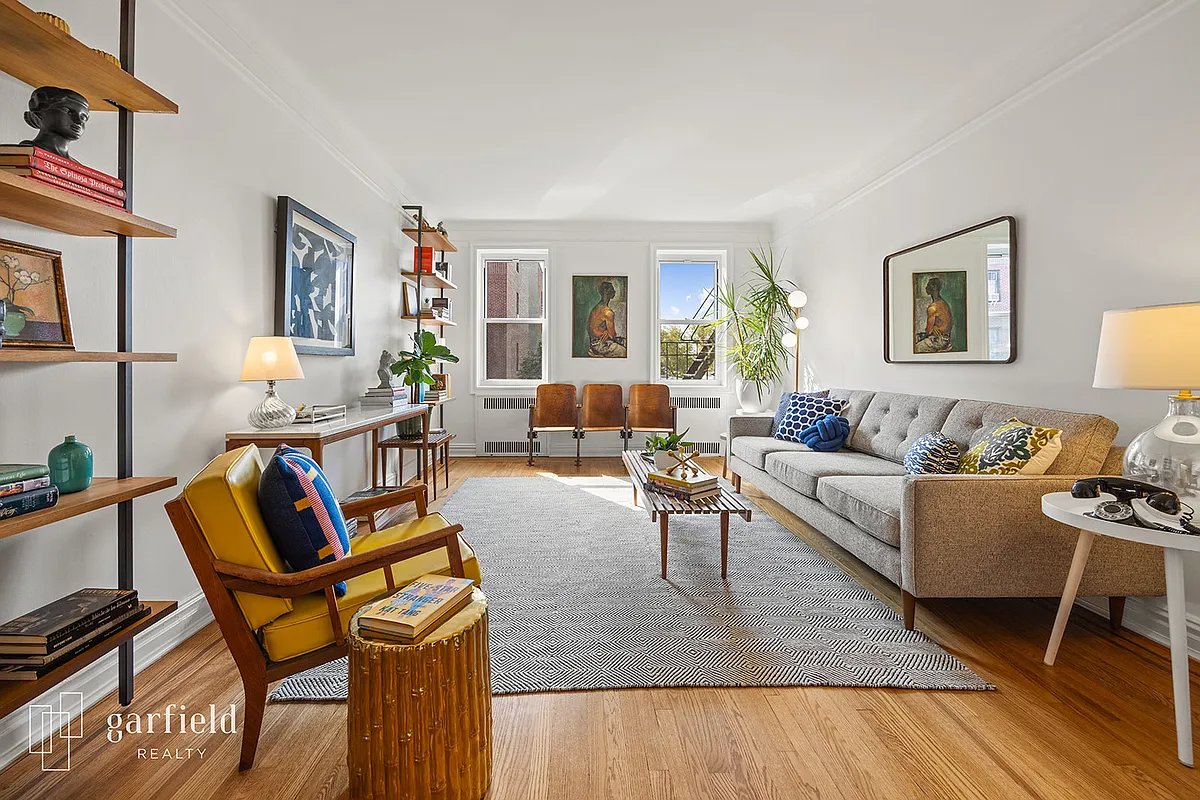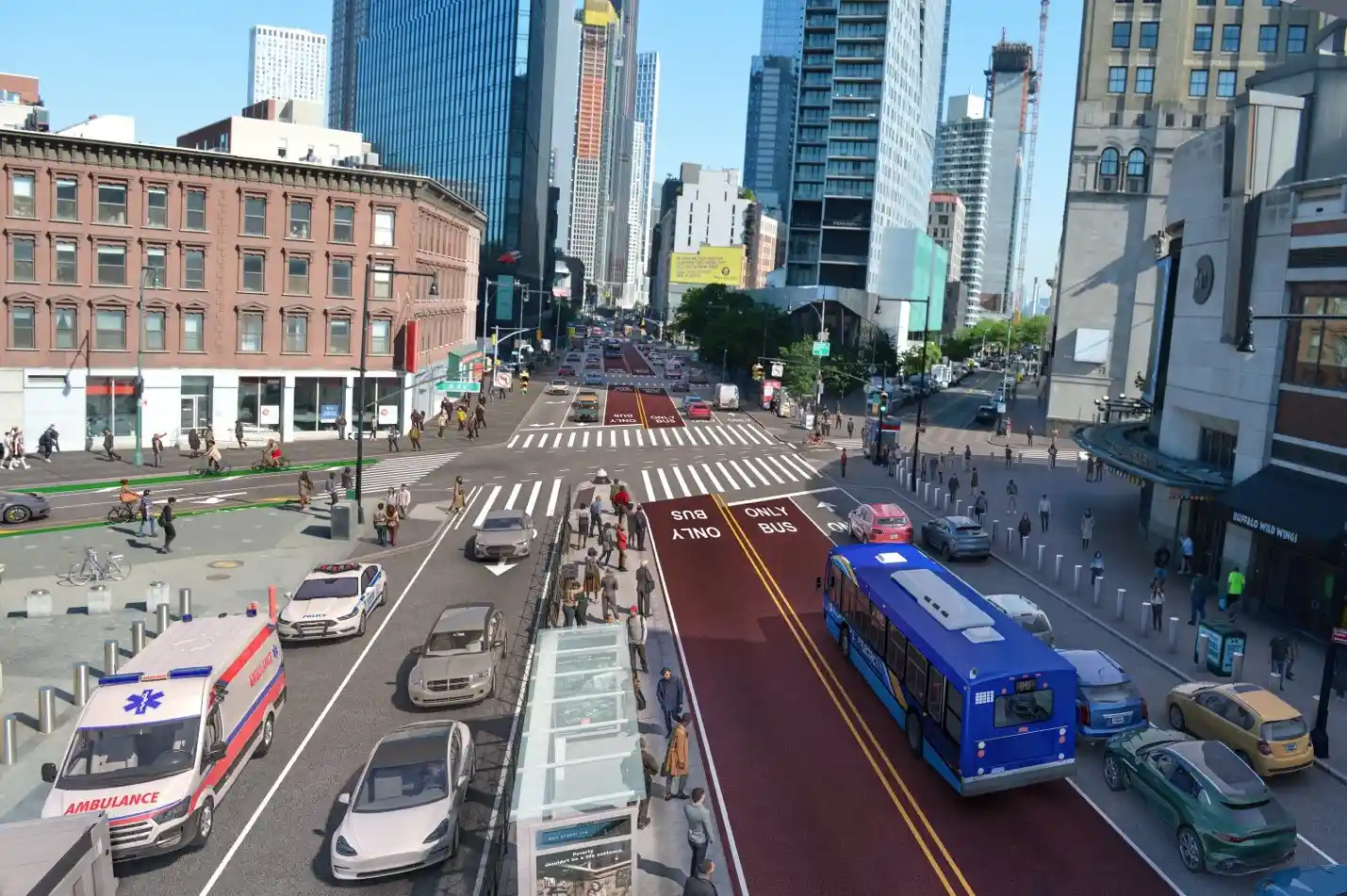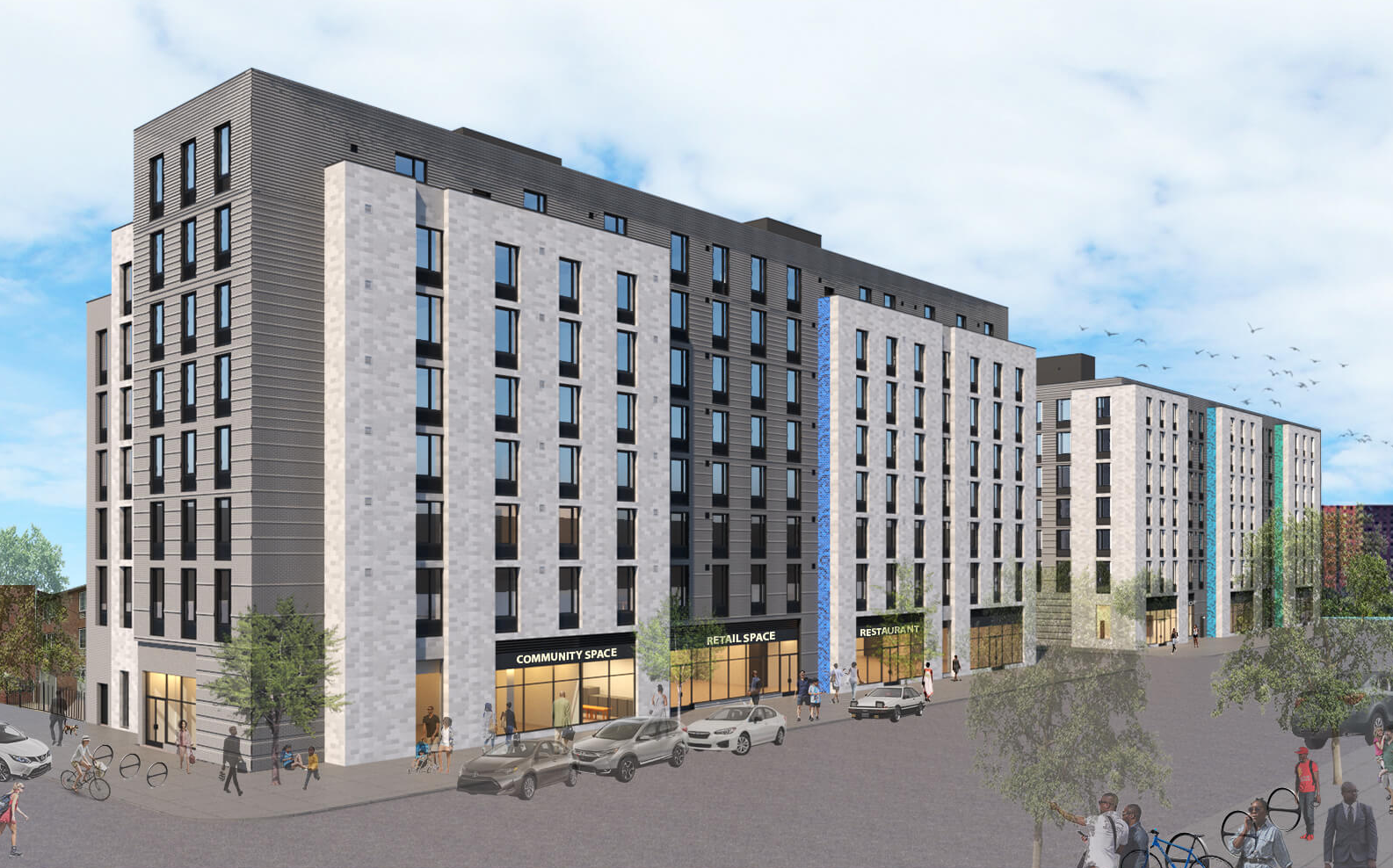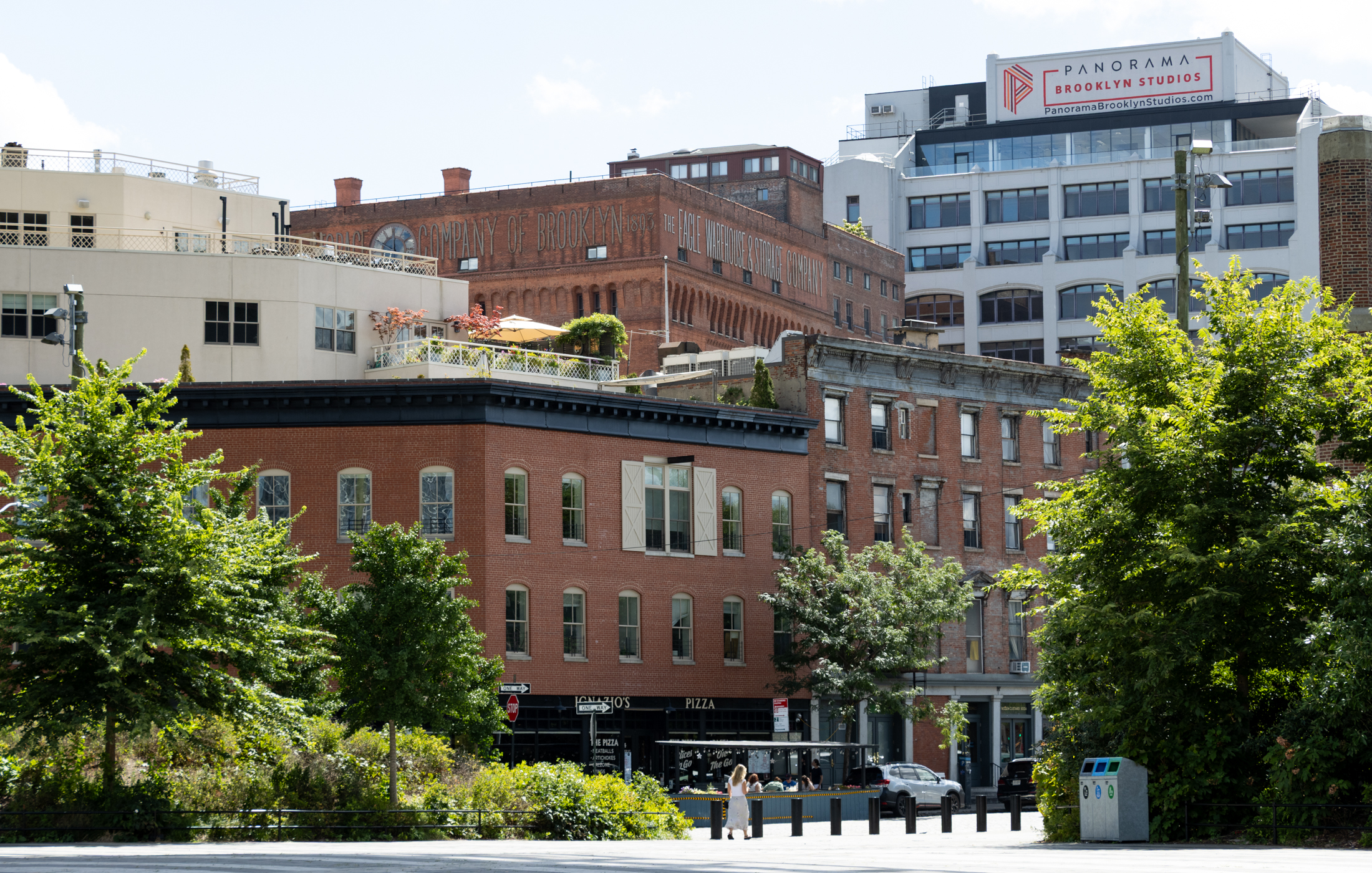Wallabout Becomes a State Historic District
NY1 reported yesterday that the State Board for Historic Preservation designated a Wallabout historic district. The Myrtle Avenue Revitalization Project’s Michael Blaise-Backer noted that the designation provides tax incentives for preservation. The LPC is separately considering a Wallabout Historic District. Brooklyn’s Wallabout Becomes A Historic District [NY1]


NY1 reported yesterday that the State Board for Historic Preservation designated a Wallabout historic district. The Myrtle Avenue Revitalization Project’s Michael Blaise-Backer noted that the designation provides tax incentives for preservation. The LPC is separately considering a Wallabout Historic District.
Brooklyn’s Wallabout Becomes A Historic District [NY1]





“Yes, I read all the time about the thriving preservationist movement in cities like Utica, NY; Bridgeport, Ct and Allentown, PA (all of which are chock full of old homes).”
That’s disingenous Benson – preservation movoements are only needed where stuff is in danger of being torn down. When the developers all start rushing over to Allentown to raze it and build a score of Scaranos, let us know.
Slopey;
Your argument completely ignores the overlay between where development is allowed and the availability of mass transportation. It also ignores the impact of allowable FAR and commuting time. If, as a hypothetical situation, all of the development were directed to the outer ring of the borough, which has fewer mass-transportation options and generally longer commuting time, would you say that this is a healthy situation wrt NYC’s competitiveness (not to mention energy-efficiency)? If newcomers are basically told: “Hey, please see Canarsie and its long commute if you want something affordable, because these precious close-in homes must be preserved for the gentry”, do you think that is healthy for a city?
The economist Edward Glaeser recently pointed out that 15% of Manhattan south of 96th St -the most well-served area wrt mass-transportation – is now landmarked. The LPC now has 20,000 buildings under its jurisdiction. This is not a sustainable situation, if NYC wishes to remain a growing, competive city, rather than New Orleans or Venice.
The economics of landmarking really have to be evaluated in the context of overall City land use policy. The overall policy contours that I can see over the last 8 years have been to increase the use of downzoning and landmarking to preserve neighborhood density and historical character in some areas, while simultaneously moving more aggressively to upzone residential density on other areas and even areas adjacent to downzoned and landmarked areas. 4th Ave, Atlantic/Pacific, Williamsburg, lots of denser residential corridors are now open in Brooklyn for relatively large-scale development where there were major restrictions before. I would imagine that if you look at both sides of the equation, there is probably a net increase in the amount of FAR that is now realistically available for new housing development as opposed to a decade ago.
Only is certain areas, rob. There is still plenty of room for developers ion the city. Not everyone wants to live in a human warehouse/storage unit. I doubt you would either.
benson- just because you haven’t read about it, don’t assume there isn’t anything going on in those places.
landmarking keeps developers from creating more density, which would create more affordability across the board. so sorry Queen Platherer Montrose, you are flat out WRONG!
*rob*
“It is also true that people who support landmarking come in all income levels, shapes and sizes. ”
Yes, I read all the time about the thriving preservationist movement in cities like Utica, NY; Bridgeport, Ct and Allentown, PA (all of which are chock full of old homes).
No rob- because you blather about stuff you know nothing about- and in the most off-putting way. You’re just delightful this morning- especially on the OT.
why is my commentary “tired” cuz i dont agree with historic preservation? people are allowed to disagree with stuff you know
*rob*
This is a good start, with LPC designation of a slightly larger district to follow. Wallabout is not just residential, there are many important industrial buildings as well.
It’s amazing that no matter how many times it is pointed out to certain people, they insist on blathering on about how landmarking raises rent. Saying it over and over does not make it true. It is also true that people who support landmarking come in all income levels, shapes and sizes. But believing them all to be rich, entitled snobs is so much easier than actually knowing the reality. Go ahead, live the fantasy.